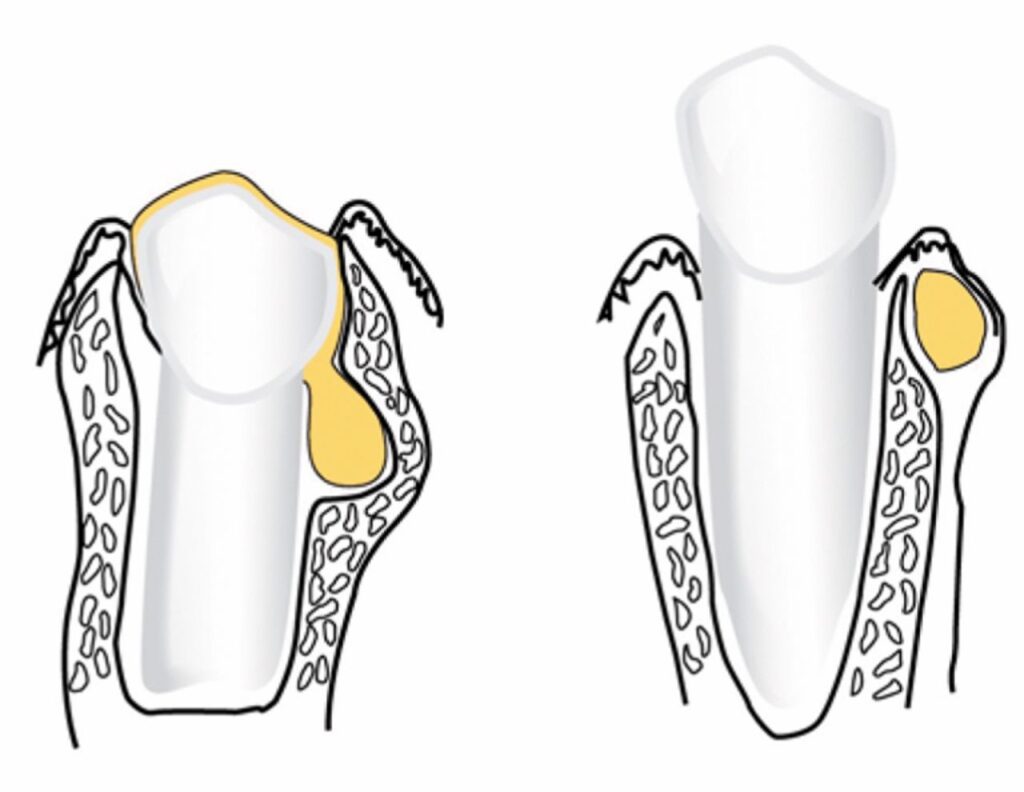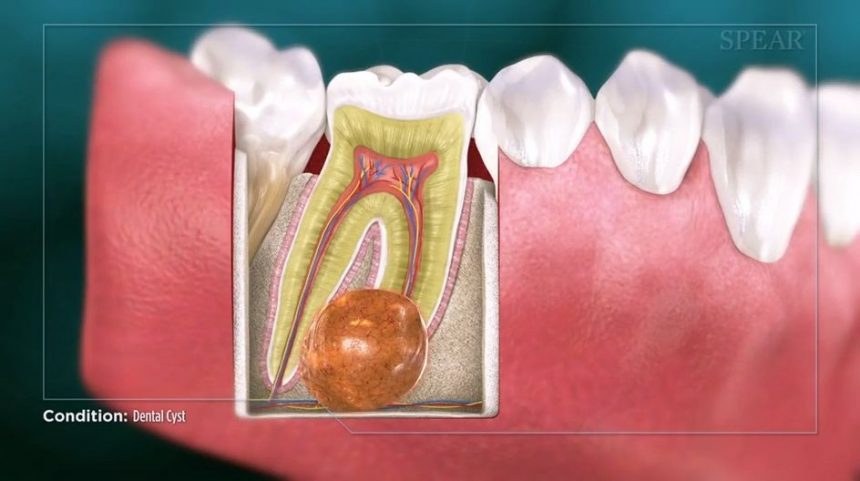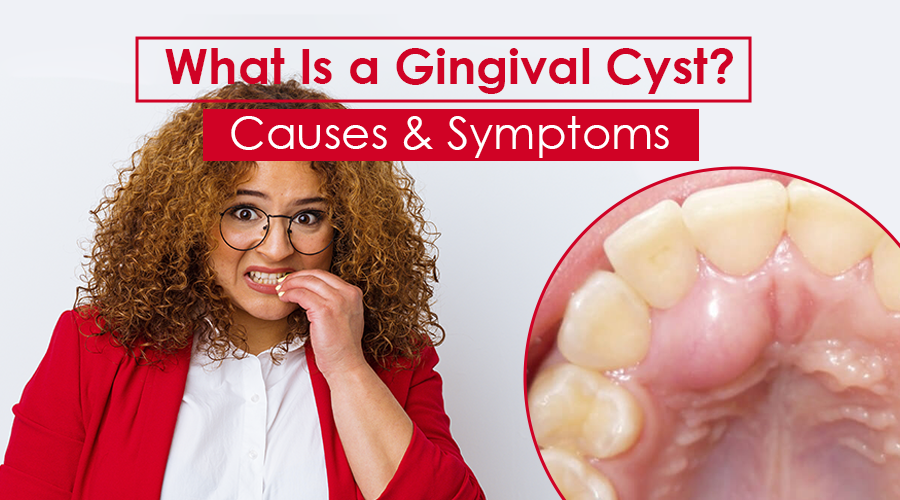Do you have a tiny bump in your mouth? Maybe your gums are inflamed, or one of your teeth is giving you trouble. The chances are that you’re dealing with a gingival cyst. You can also get dental cysts around an impacted wisdom tooth, in the maxillary sinuses, or within the bones. These little pockets of fluid may or may not be sterile, and they may or may not contain an infectious microorganism.
The therapy for a dental cyst is determined by the source and severity of the same. In this article, we’ll dive into all the vital information you have to know to get a better understanding of gingival cysts, so make sure to stick around until the end.
What Exactly Is a Gingival Cyst?

An oral cyst (or also known as mucoceles or mucous) is a tiny growth that develops in the mouth. It’s a small sac packed with fluid that feels like a bump. They can be uncomfortable, although usually harmless.
Oral cysts most commonly occur on the insides of the lips, but they can also appear on the insides of your cheeks, tongue, palate, the floor of your mouth, and around any oral piercings you may have.
What Causes a Gingival Cyst?
Cysts usually start to form at the tip of a dead or dying tooth’s roots. Some develop due to a tooth’s inappropriate growth and positioning in the mouth, while others arise as a result of a tooth’s uneven development.
A root canal that has failed or a faulty treatment is also one reason for the growth of a cyst. If this is your case, you’ll likely get additional symptoms due to a hereditary syndrome.
Cysts can form around buried teeth’ crowns and roots. Impacted wisdom teeth frequently cause cyst formation because you didn’t get appropriate treatment for it.
Also, gingival cysts can develop in any of your teeth, and they usually only appear one at a time; nevertheless, some people are more prone to them than others.
This is because they may have a specific health problem that includes gingival cysts as one of the symptoms.
Consequences of Oral Cysts

Dental cysts can lead to the following issues:
- Infection-related pain and swelling.
- Jawbone thinning as a result of cyst enlargement.
- Movement of teeth as a result of being pushed aside by the expansion of the cyst.
- Sinus disorders, breathing, and sleep problems.
Those oral cysts that cause no symptoms can be unnoticed for months or even years.
Types of Gingival Cysts
As you can see these quite a few reasons can cause these cysts. Therefore, you can find a variety of them. Check them out below:
Follicular Cyst
This type of cyst develops around the crown of an unerupted tooth, most typically in the area of the lower wisdom teeth or the permanent upper canines. The cause of this cyst is the pressure imposed on the follicle by an erupting tooth.
This pressure can restrict blood flow and cause fluid to build up between the enamel membrane tissue and the coronal region of the tooth. Dentigerous cysts are known for their rapid growth and expansion. You can surgically remove it after getting the related tooth extracted. When treatment is successful, you just have to visit the dental office for follow-up appointments.
Periapical Cyst
This type is the most common one out of them and is also known as an apical periodontal cyst, root end cyst, or dental cyst.
Its source is the death or necrosis of the pulp tissue inside the tooth, which can be the origin of dental decay or trauma. At the apex or end of the root tip, pulp necrosis promotes inflammation and the release of toxins.
Dentists often use endodontic therapy to treat this condition. In the event that endodontic therapy fails, your dentist will extract the tooth and cleanse the site to replace it with artificial bone material.
Keratocystic Odontogenic Tumors
Keratocystic Odontogenic Tumors are cysts that grow in the back of the lower jaw or mandible and have similar characteristics to other cysts.
You can get a diagnosis for it with a biopsy and microscopic analysis, as well as a panoramic x-ray. Swelling is frequently the sole symptom that a patient will have.
According to some specialists, the cyst forms where the tooth should be. Others believe the tumors are caused by the lamina of impacted teeth.
A dentist can perform a surgical removal in combination with other treatments. You should also monitor it by visiting the dental office from now and then. This way, they can look for signs of recurrence.



Leave a Reply